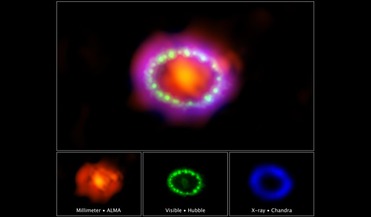 27 February 2017
Thirty years in the making - researchers show SN1987A in all of its glory
27 February 2017
Thirty years in the making - researchers show SN1987A in all of its glory
... formed dust directly, and ongoing studies will help us understand how it forms and how supernovas seed interstellar space with the raw material for new planetary systems." Aside from the dust, astronomers are also...
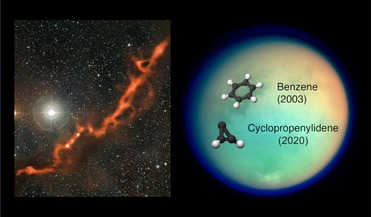 28 October 2020
Unexpected molecule found in Titan's atmosphere
28 October 2020
Unexpected molecule found in Titan's atmosphere
... small hydrocarbon was still something of an unanticipated find, says Conor Nixon, a planetary scientist at NASA’s Goddard Space Flight Center in Greenbelt, Maryland. Connor, who led the search using the Atacama Large Millimeter/submillimeter ...
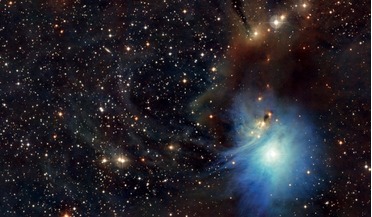 March 2018
Exploring the extreme universe
March 2018
Exploring the extreme universe
...formation of stars through nuclear fusion reactions, towards the ejection of stellar debris into interstellar space via winds and supernova explosions. Interstellar gas, enriched with newly produced nuclei, will eventually cool down to form new stars...
 November 2018
Being human in space
November 2018
Being human in space
... cosmic art project ‘Music of the Spheres’. Concept from Dutch scientists and engineers for a resilient interstellar space vehicle constructed from a hollowed-out asteroid. Purposeful dissociation In cognitive-behavioural therapy there is a technique...
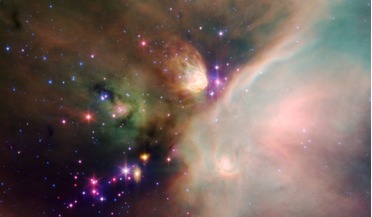 18 August 2021
New study sheds light on Solar System heavy metal problem
18 August 2021
New study sheds light on Solar System heavy metal problem
... major mechanisms emerged; the injection of 26Al from a giant active star or supernova that spewed material into interstellar space, or the irradiation of dust and gas within the Solar System. Aiming to narrow down the answer, researchers...
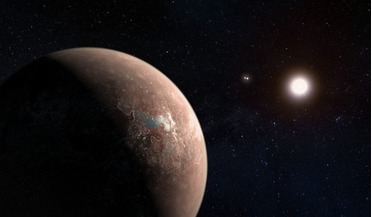 19 November 2021
New mission to search for habitable planets close to Earth announced
19 November 2021
New mission to search for habitable planets close to Earth announced
... $A788,000 from the Australian Government's International Space Investment: Expand Capability grant, to support the mission. ...are where humanity will take our first steps into interstellar space using high-speed, futuristic, robotic probes. A ...